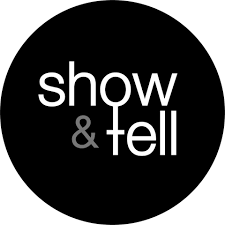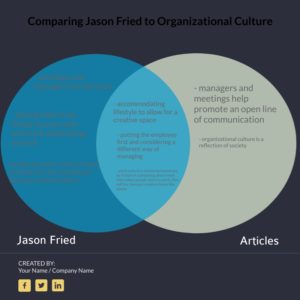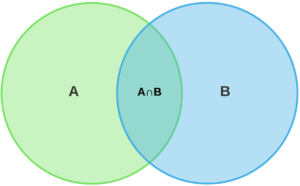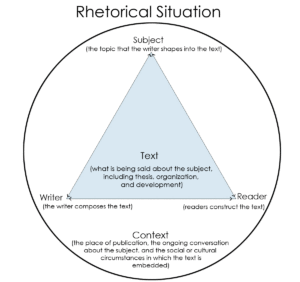We’ll be closing out Unit 1 this week, so that means your first Unit assignment deadline is approaching (Sunday, 6/14).
Read on for an overview of how we’ll be moving toward that:
Look for feedback from me in the next couple of days on the summary of your article that you submitted yesterday. You’ll work with that feedback to finalize your summary, which will become part of your Unit 1 blog post (along with your commentary on how this article would enrich our understanding of the specific organizational culture issue/area you’re exploring). Be sure to review the unit 1 assignment sheet. Consider your purpose carefully.

While you’re waiting for that feedback, start thinking about and looking at your options for a media component (link, video clip, image, etc.) to incorporate into your post. You’ve got a lot of latitude to work with here. I suggest using the assignment’s purpose as your starting point. Here’s what I mean: while you’ve read this article (probably multiple times by now), your classmates probably haven’t. You’re suggesting that this text ought to be part of our canon, that looking at it would enrich our knowledge and understanding of this important issue. You need to show and tell us how that’s the case. You’ll be offering summary, analysis, and commentary. The media element is there to round that out. For example, your media component might:
- provide some background knowledge that would be crucial to our understanding (i.e. through a link or a video)
- contain some visual context for the scope or complexity of the issue (i.e. an infographic) or assist with our understanding of change over time or comparison (i.e. graph, chart)
- offer an opportunity to explore this issue further (i.e. through a link) for those who want to learn more
You may incorporate more than 1 element if you would like; just make sure you have at least 1. Also be sure to attend to the following:
- if using a link, make sure it is functional–use the “Add Media” button in the +New Post window to “Insert from url”
- if using an image, make sure it is high-resolution so that it’s legible–again you’ll use the “Add Media” button to “Upload files” and “Insert into post”
- if using an image, provide a caption that includes the source information (where you found the image–the actual web page, not just “Google search”)
- whatever your media component, be sure that you explain its relevance in your post–don’t leave your reader to draw their own conclusions about its significance. Walk us through what you want us to learn from this item.
Here’s the other work on tap for this week:
- draft of your blog post (let’s extend the deadline here to the end of the day on Wednesday, 6/10)
- a few TED talks to watch (linked from Blackboard) for more perspectives on diversity and organizational culture (and in preparation for this week’s discussion)
- discussion work on the blog–see the prompt here:
Discussion prompts for Week of 6/8
I’ll be reading your drafts (due Wednesday) and getting you feedback by the end of the day on Friday. Your final version of the blog post is due by the end of the day on Sunday, 6/14.




